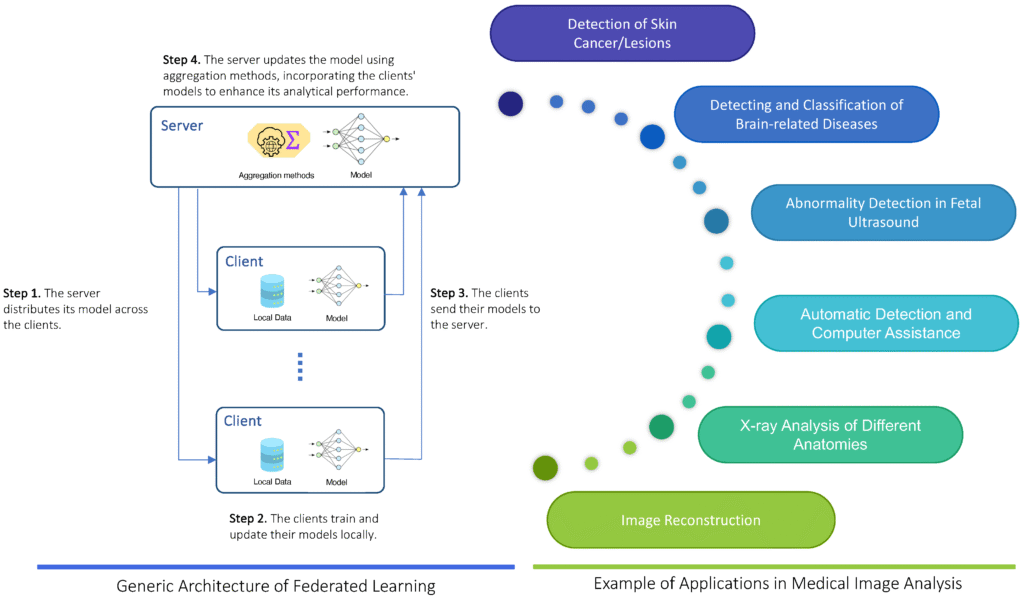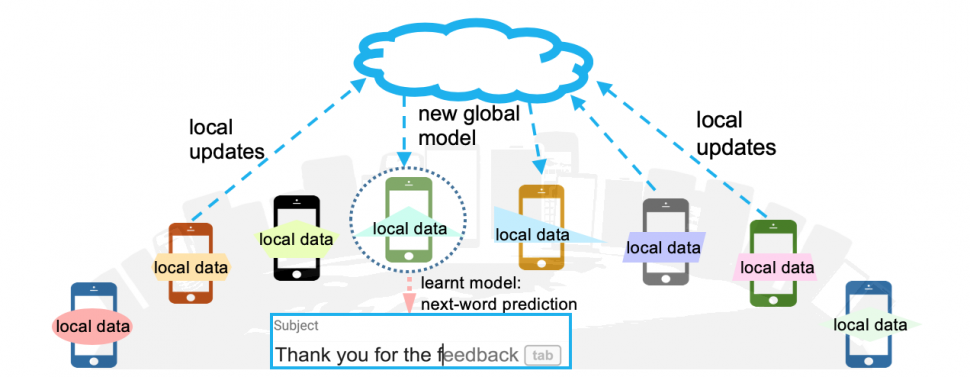A Developer’s Story of Privacy-First Machine Learning in the Real World
By a slightly sleep-deprived dev who built AI training on Android phones.
Introduction: The Buzzword That Became a Breakthrough
The first time I heard the term “federated learning,” I thought it was a UN meeting or something out of sci-fi. I smiled and nodded through a Zoom call while secretly Googling it under the table.
Fast forward to 2025—and I’ve actually built a working federated learning system using TensorFlow Federated (TFF). It was chaotic, weirdly satisfying, and made me rethink how machine learning should work—especially when user privacy matters.
This isn’t your typical tutorial. It’s a raw look into the chaos and beauty of building privacy-first AI on real devices.
Why I Chose Federated Learning
It started with a health-tech project. We were building a mobile app for mental health journaling—tracking moods, habits, stress levels. Sensitive stuff.
And I couldn’t shake this one thought:
“Should we really be shipping all this personal data to a cloud server?”
That’s when federated learning clicked. What if we could train a smart model without ever touching users’ raw data? What if the phones did the training, and only the insights traveled back?
What Makes Federated Learning Different
Federated Learning flips the traditional ML script. Instead of collecting user data centrally, you keep it on-device and only share model updates (not the data itself). TensorFlow Federated enables exactly that.
The training loop looks something like this:
- The app trains a local model on each user’s device.
- Devices send only updated weights (not data) to a central aggregator.
- The server combines those updates to improve the shared model.
- The improved model is sent back to devices.
Privacy-first. Decentralized. And honestly? Kinda magical.

Setting Up TensorFlow Federated
Let’s be clear: using TFF doesn’t feel like “regular TensorFlow.” You’re not just calling .fit() and walking away.
Instead, you write simulations that mimic edge-device behavior, define custom aggregation logic, and structure code to handle asynchronous updates. It’s like learning a new dialect of TensorFlow—while juggling a few torches.
Still, here’s what helped:
- Model design: Start with a simple CNN or RNN.
- Client simulation: Use sample datasets (like EMNIST) to simulate multiple users.
- Federated averaging: Let each client train locally, then average weights on the server.
- Debugging: Print everything. Federated logs are elusive.
Real Use Case: A Mental Health App
Once the setup worked locally, I pushed the logic to Android test devices. Each phone trained on journaling behavior patterns—suggesting reminders, mood predictions, and content nudges—without ever syncing personal logs.
Seeing this live was surreal:
“Round 3: Aggregated loss = 0.182 — 10 client updates received.”
Ten devices. Zero data leaks. Just shared intelligence.
That moment felt like flipping a switch on the future of privacy-focused AI.
What No One Tells You About Federated Learning
Let me save you some late-night panic with a few truths:
- It’s slow. Like, really slow. Phones go offline. Battery dies. Connections drop.
- Debugging is painful. No peeking at local updates. Everything is aggregate-only.
- Simulations lie. The real world is way messier than your dev machine.
- You need UX support. Users should opt-in, know what’s happening, and feel safe.
And yet? Despite the pain points, it’s worth it.
Would I Do It Again?
Absolutely.
Federated learning made me a better developer. It forced me to stop thinking “cloud first” and instead design for the messy, beautiful, real world of edge devices.
And most of all?
It helped us build trust. Users felt respected. We saw more engagement. Our App Store reviews even used the word “ethical.” How often does that happen?
Final Thoughts: A Quiet Revolution
Federated learning is no longer a theoretical buzzword. It’s here, and it’s changing the way we think about data, privacy, and intelligence.
If you’re building anything that involves sensitive data—especially on mobile—give TensorFlow Federated a look. It might be painful. You might curse your logs. But you’ll build something meaningful. And that’s the kind of tech that lasts.
Read more posts:- How I Stopped API Abusers Dead with Rate Limiting in Express and Redis



Pingback: Tech Consulting: How to Pitch Yourself with Impact - BGSs